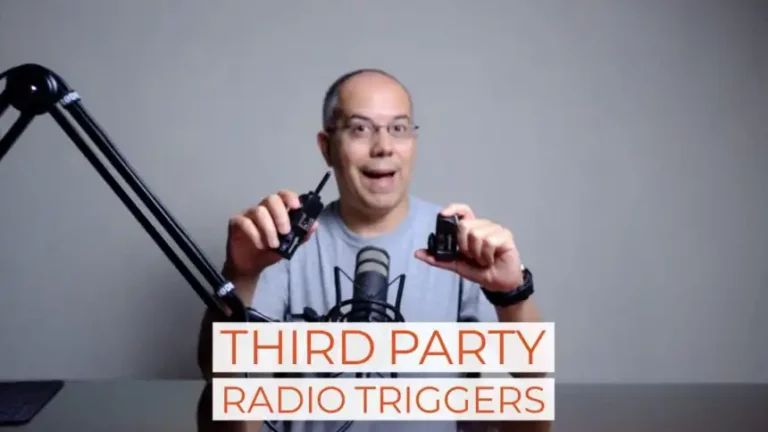No, You Don’t Need a 50mm Lens
If you ask people for recommendations for a lens upgrade from a kit lens, the usual response is “Get a 50mm lens! It’s fantastic!”. They mean well, but they are probably wrong. Here’s why you don’t need a 50mm lens (probably).
The 50mm lens is probably the most talked about lens, and yet, the least understood in my opinion.
Background
In order to understand this situation some history and math are needed. Back in the film days, the 50mm lens was known as a Standard lens, mostly because that was the default lens sold with any SLR camera before kit zoom lenses became popular.
However, the 50mm lens is also known as a Normal lens. For a cool description of the Normal concept and a good stretch of your arms, you can try a previous post about the 50mm lens.
In general terms, the 50mm was the natural recommendation in the film days because, on one hand it has the viewing angle of the human eye and, on the other, it is a mathematical normal lens when used on a 35mm film camera. If you could mount the same 50mm lens on a medium format camera, it would have a wider viewing angle than the human eye. Or, if you mount a 50mm lens on an APS-C sensor based camera, it would have a narrower viewing angle… Either way, it may not be what you’re looking for.
You need a Normal lens
Most people who recommend a 50mm lens as an upgrade from a kit lens really mean to say, they recommend you to use a normal, fixed focal length lens. Why? It’s pretty simple:
- Since a normal lens has a “human” viewing angle, it helps you produce images that more closely resemble reality
- Being a fixed focal length, it is sharper than a zoom and it has a wider maximum aperture (it is a “faster” lens)
- Normal lenses are usually the smallest, lightest and least expensive for a given system, with a few exceptions.
So, which lens are you really looking for?
It depends on the system you use. In that regard, I have quite a few recommendations for the major systems, listed below.
Canon
APS-C: RF 35mm f/1.8 IS Macro STM (Adorama)
Besides being a Normal lens it is stabilized and is a Macro, which lets you focus objects as close as 13 cm (5”). It even has a built-in light to illuminate objects at such close distances!
Full Frame: RF 50mm f/1.8 STM (Adorama)
Also known as the “nifty fifty”, it has very good optical qualities and, with the step-motor, the focus is fast and near silent.
Nikon
APS-C: Z 35mm f/1.8 S (Adorama)
It’s a normal lens with a built-in focus motor, which means you can use it on any Nikon DX camera body.
Full Frame: Z 50mm f/1.8 S (Adorama)
It’s a bit of a modern classic with a fast (wide) aperture and a focus motor.
Sony
APS-C: E 30mm f/3.5 Macro (Adorama)
Similar to the Canon APS-C offering, it’s a normal, macro lens with a minimum focusing distance of 9.5cm (3.75”).
Full Frame: FE 50mm f/1.8 (Adorama)
Fujifilm
XF 35mm f/2 R WR (Adorama)
Sharp, quick focus and water resistant, what else could you ask for in a normal lens?
Micro 4/3
Panasonic: Lumix G 25mm f/1.7 G Aspherical (Adorama)
Incredibly lightweight and sharp, it’s hard to beat. *
Olympus: M. Zuiko Digital 25mm f/1.8 (Adorama)
Incredibly lightweight and sharp, it’s hard to beat. *
*Please notice these lenses can be mounted on any Micro 4/3-system camera body.
As you can see, you may not need a 50mm lens. You probably need a Normal, Fixed Length lens.
I really hope you found this post interesting, informative but also entertaining. If that is the case, please leave a comment below and share this post with your friends! But most of all, please remember to Stay Safe, Keep Learning and Keep Creating.
DISCLAIMER: Links included in this post might be affiliate links. If you purchase a product or service with the links that I provide I may receive a small commission at no additional charge to you. Thank you for supporting this blog so I can continue to provide you with free content every week!







